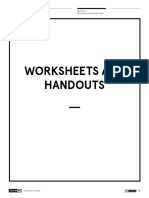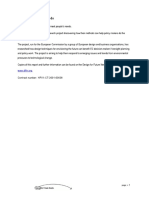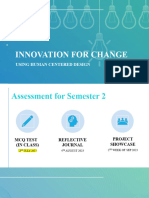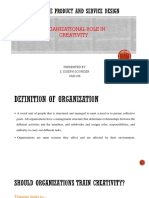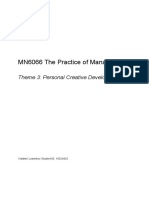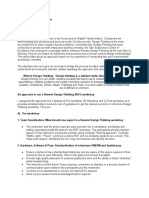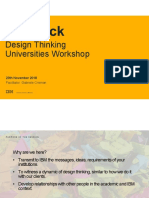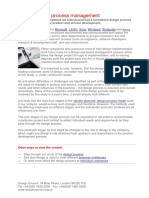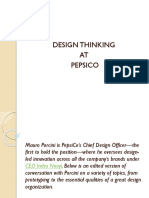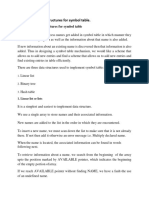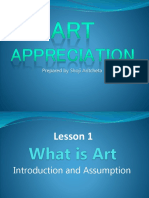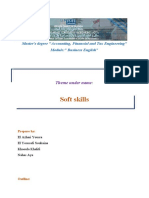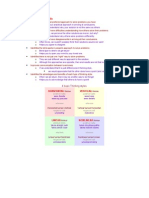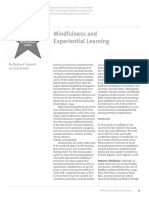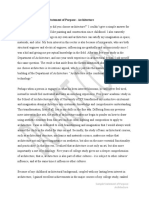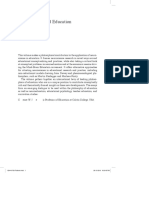0% found this document useful (0 votes)
335 views5 pagesDESIGN THINKING NOTES UNIT - 1 and Unit-2
Design thinking notes
Uploaded by
mayankdob2001Copyright
© © All Rights Reserved
We take content rights seriously. If you suspect this is your content, claim it here.
Available Formats
Download as PDF, TXT or read online on Scribd
0% found this document useful (0 votes)
335 views5 pagesDESIGN THINKING NOTES UNIT - 1 and Unit-2
Design thinking notes
Uploaded by
mayankdob2001Copyright
© © All Rights Reserved
We take content rights seriously. If you suspect this is your content, claim it here.
Available Formats
Download as PDF, TXT or read online on Scribd
/ 5





